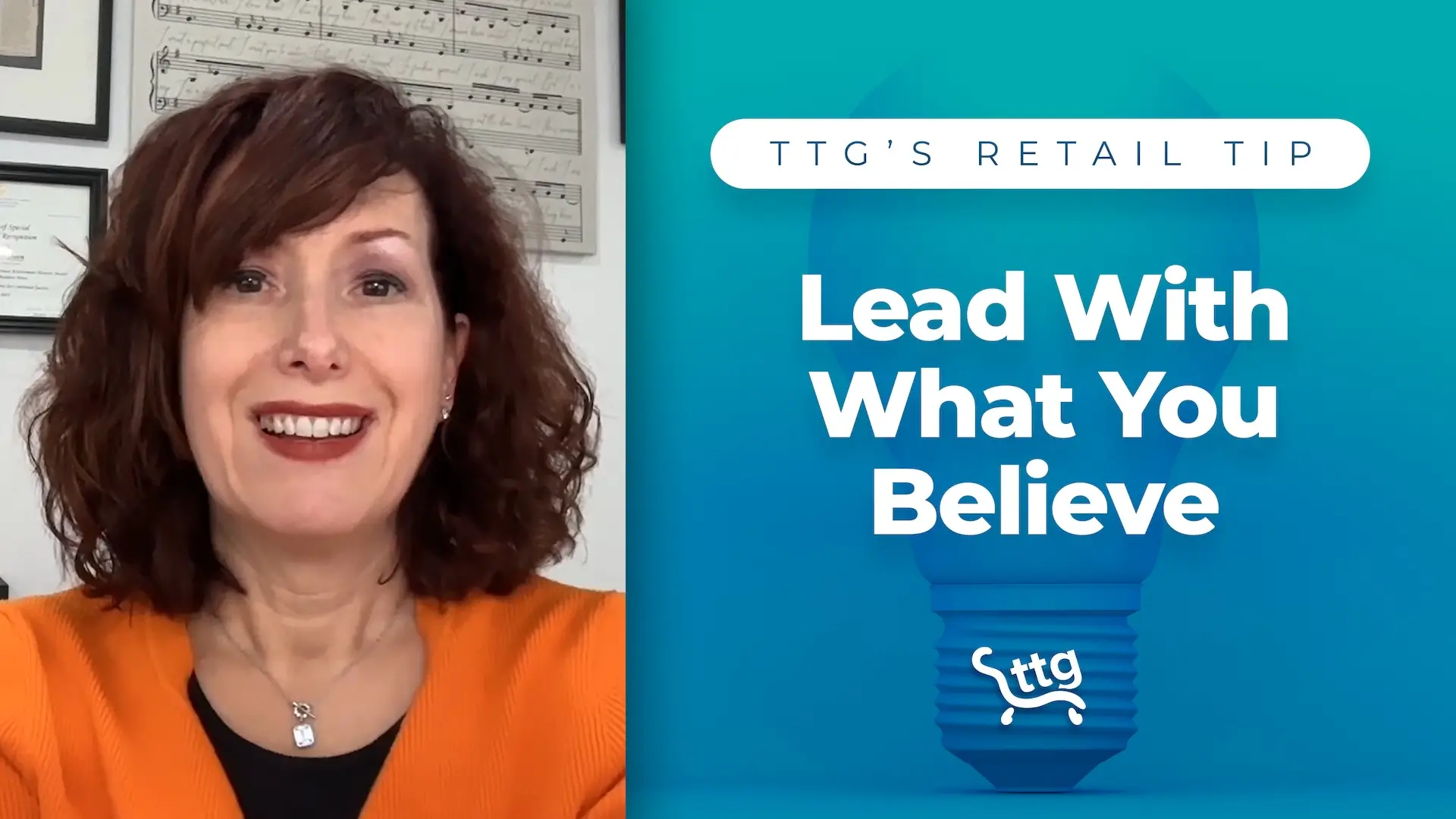Key Takeaways
Increase your knowledge of the different buyer types.
Grasp the important role that data plays when it comes to understanding YOUR clients.
As a small business owner, understanding your customers’ buying behaviors is crucial to increasing conversions. Traditional marketing strategies might fall short without insights into the dynamic preferences of today’s consumers. Fortunately, leveraging data analysis can unveil these preferences, helping you craft strategies that resonate with your audience and boost your business success. Join us as we explore how data can transform your approach to customer engagement.
Different Types of Buyers
Shoppers are individuals with diverse motivations, needs, and shopping styles. However, here are some main categories that buyers tend to fall into.
Habitual Buyers
Some buyers are thinking in broad, sweeping terms when they begin their search. For example, a buyer might need an impressive piece of jewelry to serve as the perfect holiday gift, or someone to help them fix whatever’s wrong with the garage door opener, or a summer camp that’s not completely booked already. And sometimes buyers know precisely what they want: the only grain-free, cruelty-free, all-organic food their dog will eat, delivered in small bags so their pet gets the freshest fare.
The more precise and focused a shopper is when they begin their search, the more important convenience becomes to the online experience. Our pet parent has zero interest in any other type of dog food, because this is the brand their dog eats. They buy the same food over and over and over again. This is a habitual buying behavior.
For other examples of habitual buying behavior, think of anything that Amazon lets you subscribe to. Everyday essentials that are sold this way include things like trash bags, laundry detergent, and diapers.
Complex Purchase Buyers
With other customers, their route to purchase isn’t short and direct. Instead, we see website visitors spending time exploring your website. These buyers may not even make a decision on their first visit to your website. Instead, they typically visit your website and your social media several times before taking action. That’s because they’re making a complex purchase, which can be defined as expensive and emotionally important, with complicating factors like budgets and timelines to consider. A new car is a perfect example of a complex purchase.
Impulse Buyers
Another set of shoppers is the impulse buyers. According to recent data from Statista, US consumers spend an average of over $300 on impulse buys per month. Social media marketing plays a huge role in encouraging these shoppers to complete their purchases.
Influencer Impacted Buyers
In the age of social selling, it’s not surprising that some buyers’ behaviors are directly tied to the celebrities and trend leaders they follow on social platforms. According to a recent survey from Pew Research Center, three out of ten adult social media users say they have bought something after seeing an influencer or content creator post about it on social media.
Data is the secret weapon you need to truly understand your customers’ buying styles and behaviors. It’s vital to analyze various types of data to have a thorough comprehension of the shopping styles and actions that your buyers demonstrate.
Data: The Key to Better Understand Your Customers
There’s a secret weapon you need to truly understand your customers’ buying styles and behaviors: data. It’s vital to analyze various types of data to have a thorough comprehension of the shopping styles and actions that YOUR buyers demonstrate.
Transactional and point-of-sale data, for instance, can provide insights into consumer trends and preferences so you can design products and set prices that resonate with your target audience. Demographic data can offer a deeper understanding of who your customers are. This enhances the effectiveness of your marketing strategies when combined with other data types.
Attitudinal data, gathered through market research or social media sentiment analysis, can offer invaluable insights into customer preferences and behaviors. This data can be used to create automated reports that monitor customer discussions on platforms like Instagram, so you know what customers are saying about your products.
Buyer intent keywords are another invaluable aspect of data to analyze when getting a better grip on who your customers are and what they want. If you’re not familiar with “buyer intent keywords,” they’re simply the specific phrases and terms your customers use when they are about to make a purchase. These keywords can be categorized based on the three stages of the buyer’s journey: awareness, consideration, and decision. Shoppers in the awareness stage, for example, tend to use “how to” and “what is” in their search queries when browsing for products and services. Those in the consideration phase, however, already know what they’re looking for, so they’re more interested in reviews of the product or service they’re interested in. Consumers in the decision stage gravitate toward keywords like “buy now,” “discount,” and “buy near me.”
Master the Art of Analyzing Customer Data
Need some assistance with interpreting your data so you can increase your understanding of your customers? Partner with a Technology Therapy® Group mentor for some extra coaching!





